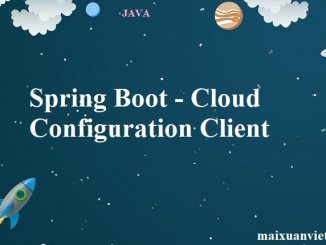
Spring Boot – Cloud Configuration Client
Some applications may need configuration properties that may need a change and developers may need to take them down or restart the application to perform […]

Some applications may need configuration properties that may need a change and developers may need to take them down or restart the application to perform […]
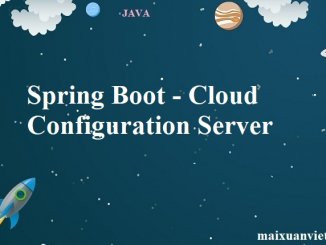
Spring Cloud Configuration Server is a centralized application that manages all the application related configuration properties. In this chapter, you will learn in detail about […]

Zuul Server is a gateway application that handles all the requests and does the dynamic routing of microservice applications. The Zuul Server is also known […]

In this chapter, you are going to learn in detail about How to register the Spring Boot Micro service application into the Eureka Server. Before […]

Eureka Server is an application that holds the information about all client-service applications. Every Micro service will register into the Eureka server and Eureka server […]

By default, Spring Boot application uses HTTP 8080 port when the application starts up. You need to follow the steps given below to configure the […]
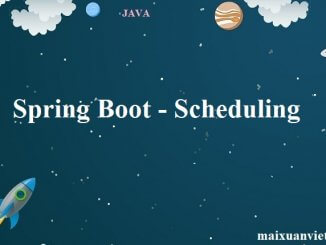
Scheduling is a process of executing the tasks for the specific time period. Spring Boot provides a good support to write a scheduler on the […]
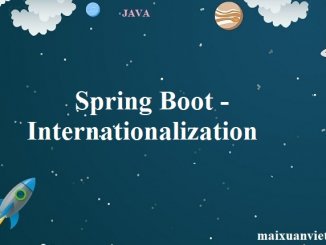
Internationalization is a process that makes your application adaptable to different languages and regions without engineering changes on the source code. In ither words, Internationalization […]
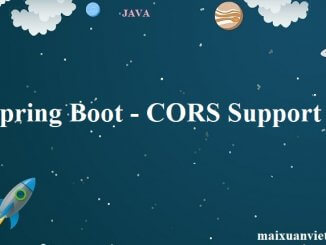
Cross-Origin Resource Sharing (CORS) is a security concept that allows restricting the resources implemented in web browsers. It prevents the JavaScript code producing or consuming […]

This chapter will discuss in detail about consuming a RESTful Web Services by using jQuery AJAX. Create a simple Spring Boot web application and write […]
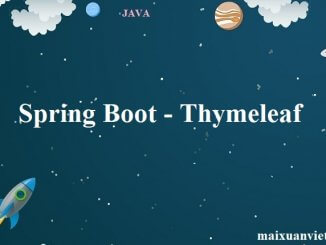
Thymeleaf is a Java-based library used to create a web application. It provides a good support for serving a XHTML/HTML5 in web applications. In this […]
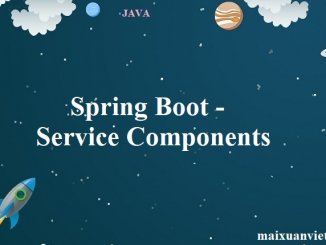
Service Components are the class file which contains @Service annotation. These class files are used to write business logic in a different layer, separated from […]
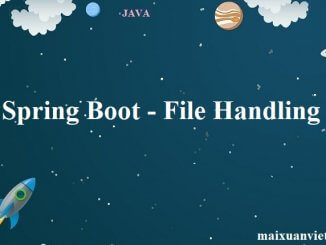
In this chapter, you will learn how to upload and download the file by using web service. 1. File Upload For uploading a file, you […]
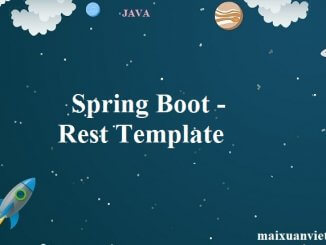
Rest Template is used to create applications that consume RESTful Web Services. You can use the exchange() method to consume the web services for all HTTP methods. […]
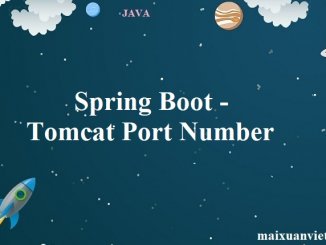
Spring Boot lets you to run the same application more than once on a different port number. In this chapter, you will learn about this […]

A filter is an object used to intercept the HTTP requests and responses of your application. By using filter, we can perform two operations at […]
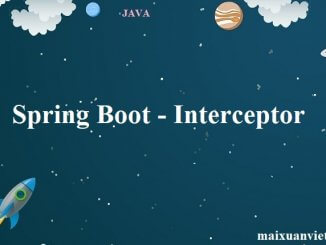
You can use the Interceptor in Spring Boot to perform operations under the following situations − Before sending the request to the controller Before sending […]

Handling exceptions and errors in APIs and sending the proper response to the client is good for enterprise applications. In this chapter, we will learn […]

Spring Boot provides a very good support to building RESTful Web Services for enterprise applications. This chapter will explain in detail about building RESTful web […]
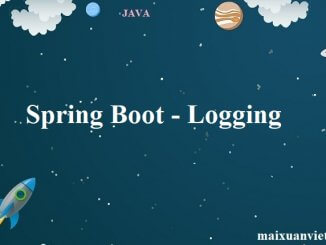
Spring Boot uses Apache Commons logging for all internal logging. Spring Boot’s default configurations provides a support for the use of Java Util Logging, Log4j2, […]
